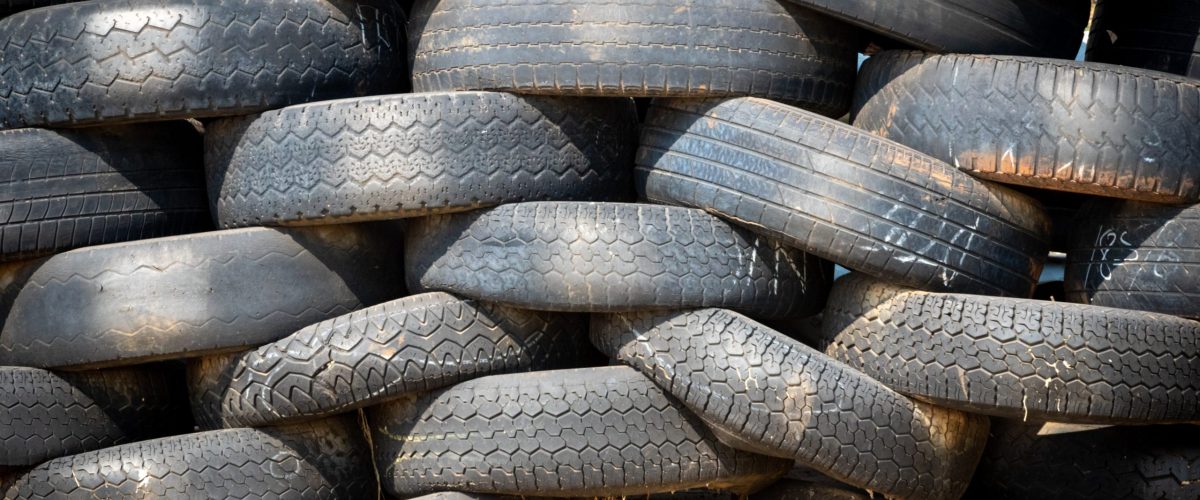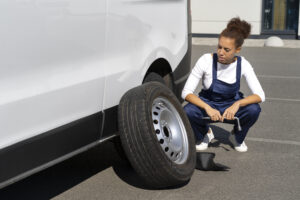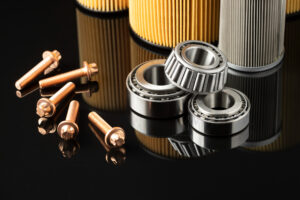By H&H Admin
Old and worn tyres are difficult to dispose of due to their size, shape and because they are not environmentally friendly.
Tyres are standard equipment in vehicles but getting rid of them at the end of their life-span can be problematic. One simply cannot put unwanted tyres in the trash along with other household waste. Due to the materials used in their production, tyres are hazardous to the environment and as such need to be disposed of carefully.
Recycling is the safest and most effective way of getting rid of tyres. It is a long term solution which gives new life to old tyres through the manufacture of other products which can be used in various industries.
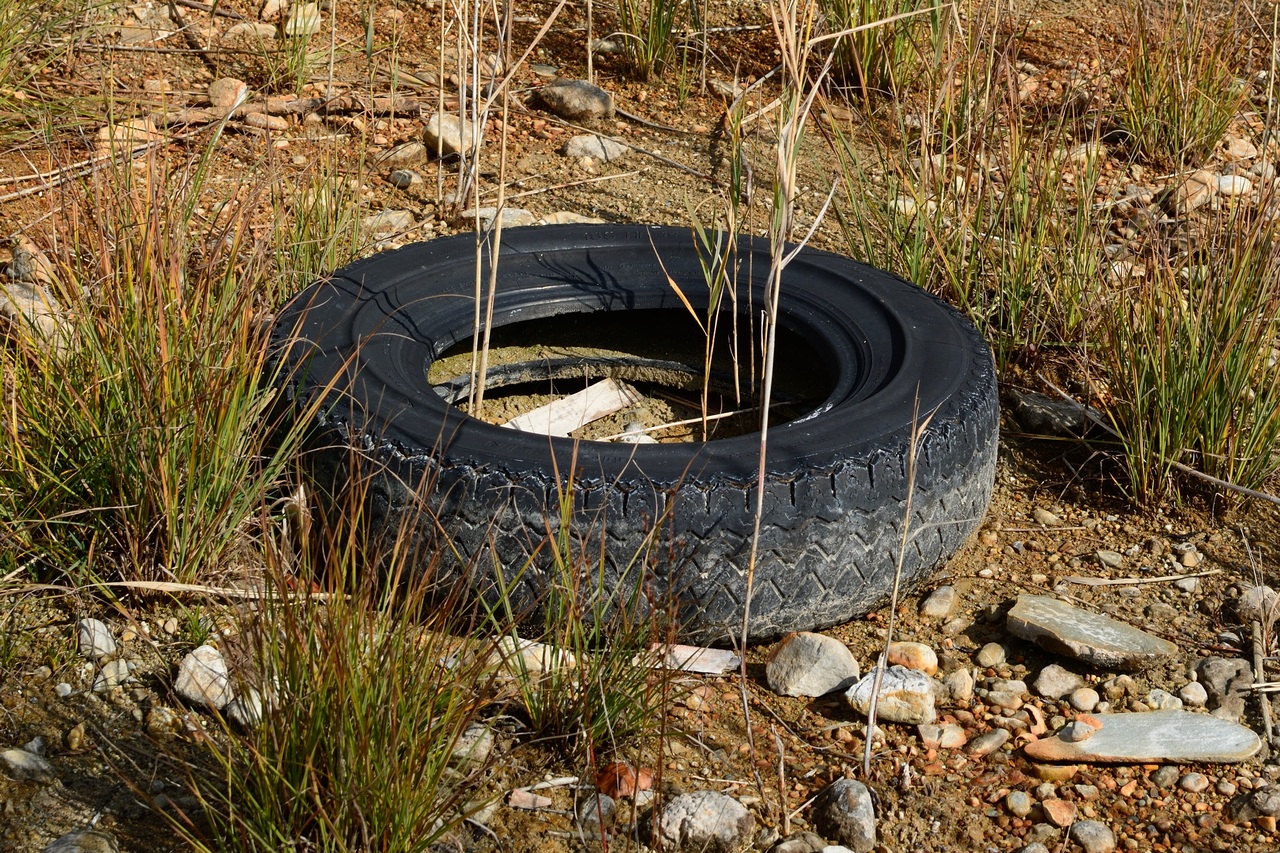
The Process of Recycling Tyres
- Tyre recyclers collect old tyres from retail outlets and transport them to tyre recycling processing facilities for processing.
- Tyres are sorted by size and composition then placed on conveyor belts ready for shredding.
- The first stage of the tyre shredding process reduces each tyre to approximately 5cm pieces. The second stage used a granulator, which further reduces each 5cm piece into a 19mm size granule.
- Next, the steel within each tyre granule is removed (the steel is re-useable), then stored into large hoppers in preparation for the next stage of the process.
- Depending on the fineness required for the manufacture of the end product, the granules are cut further and pushed through various sized sieves to produce different levels of coarseness.
- At this stage of the recycling process, the tyres are as small as breadcrumbs and as such are called ‘rubber crumbs’.
- The rubber crumbs are packaged according to coarseness, ready for distribution.
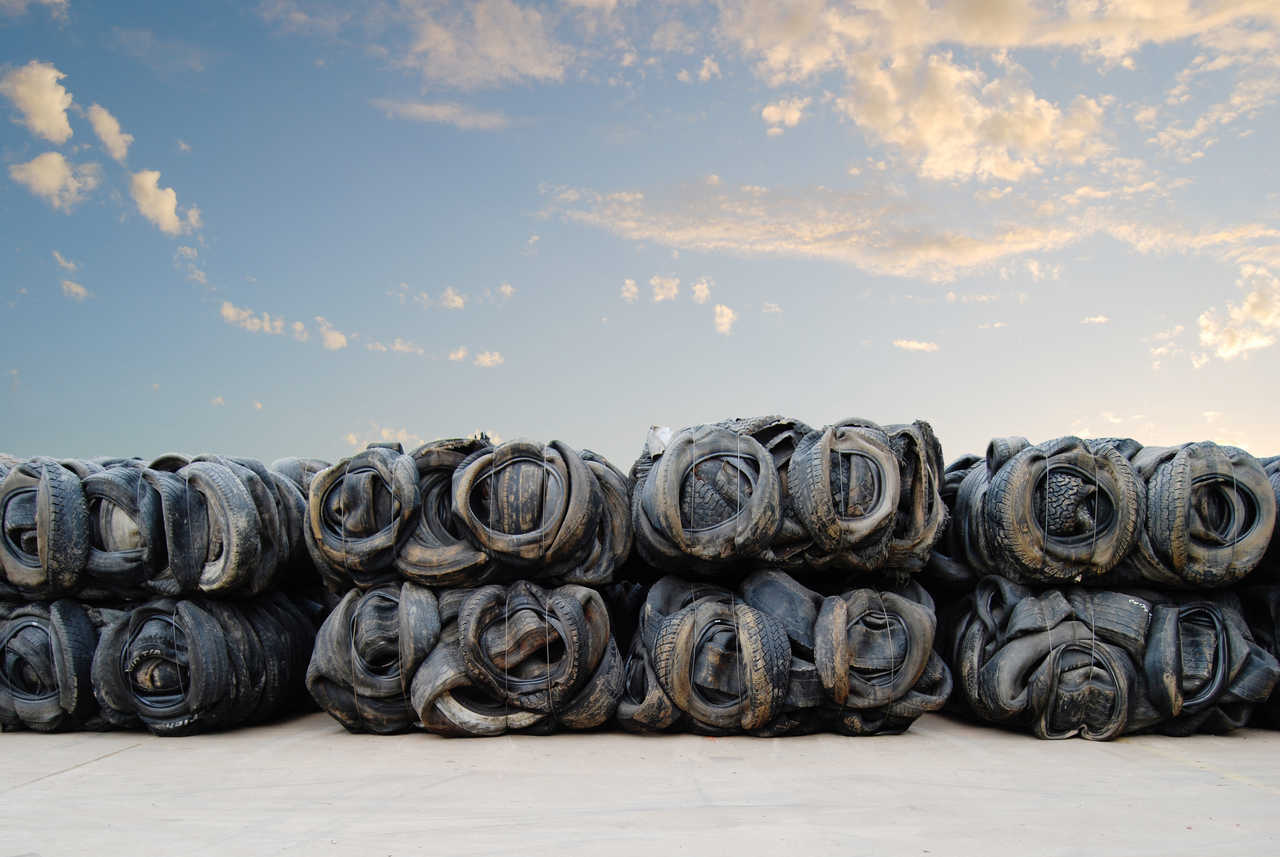
Products Made From Recycled Tyres
There are many different products made from recycled tyres. These include:

1. Athletic Tracks
Rubber granules are mixed with polyurethane binder to produce surfaces such as athletics tracks. The use of recycled rubber provided assistance with impact absorption and injury reduction.
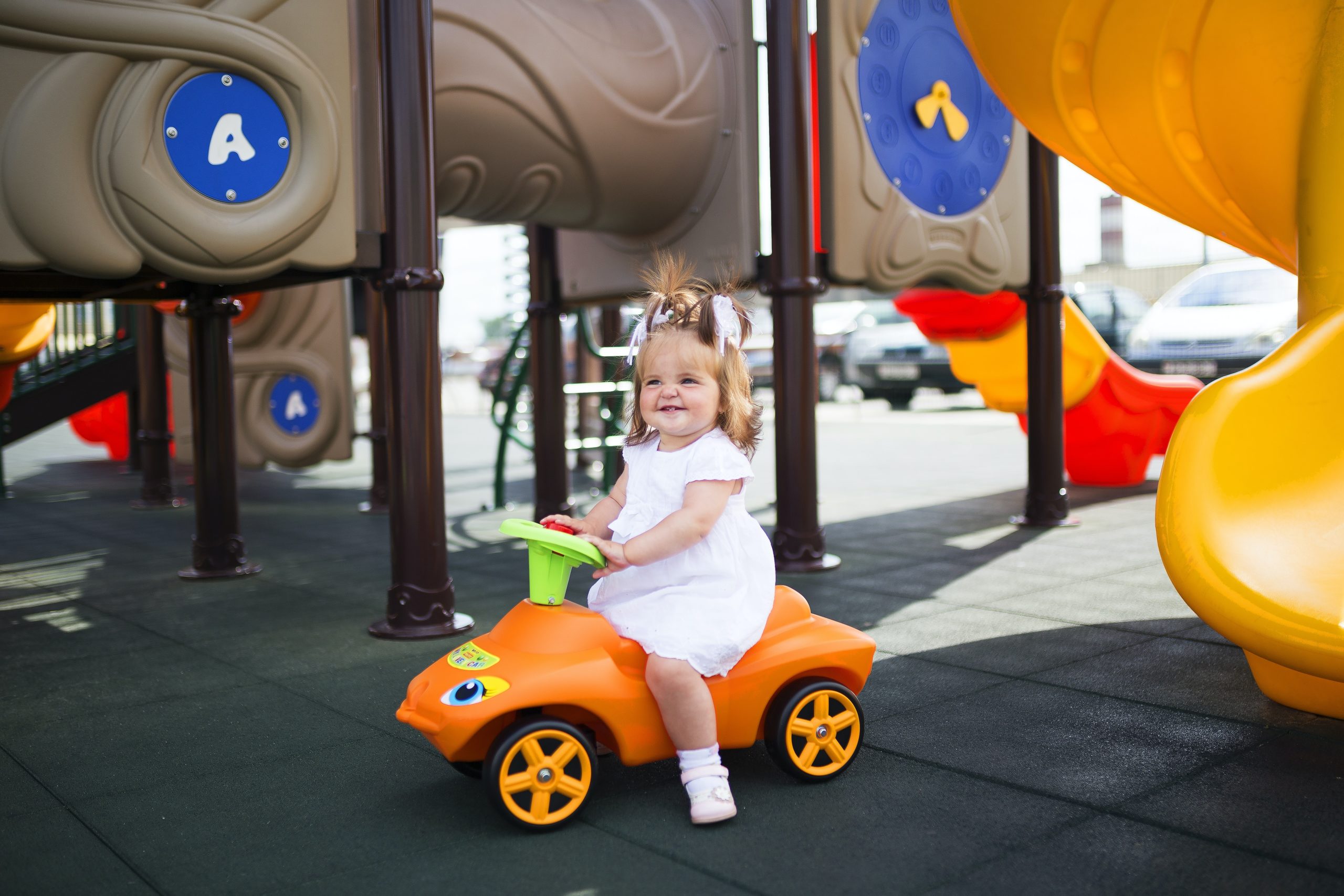
2. Playground Surfaces
Recycled rubber is used in the production of play safe surfaces such as children’s playgrounds. Similar to sport surfaces, the playground surfaces made from rubber crumbs and shreds, are durable, porous and low-maintenance. They also assist with impact absorption and injury reduction.

3. Brake Shoes
Rubber crumbs are used in the manufacture of asbestos-free brake shoes. The advantage of using recycled rubber in producing brake shoes is that the rubber component reduces noise and improves wear and tear due to its heat-resistant nature.
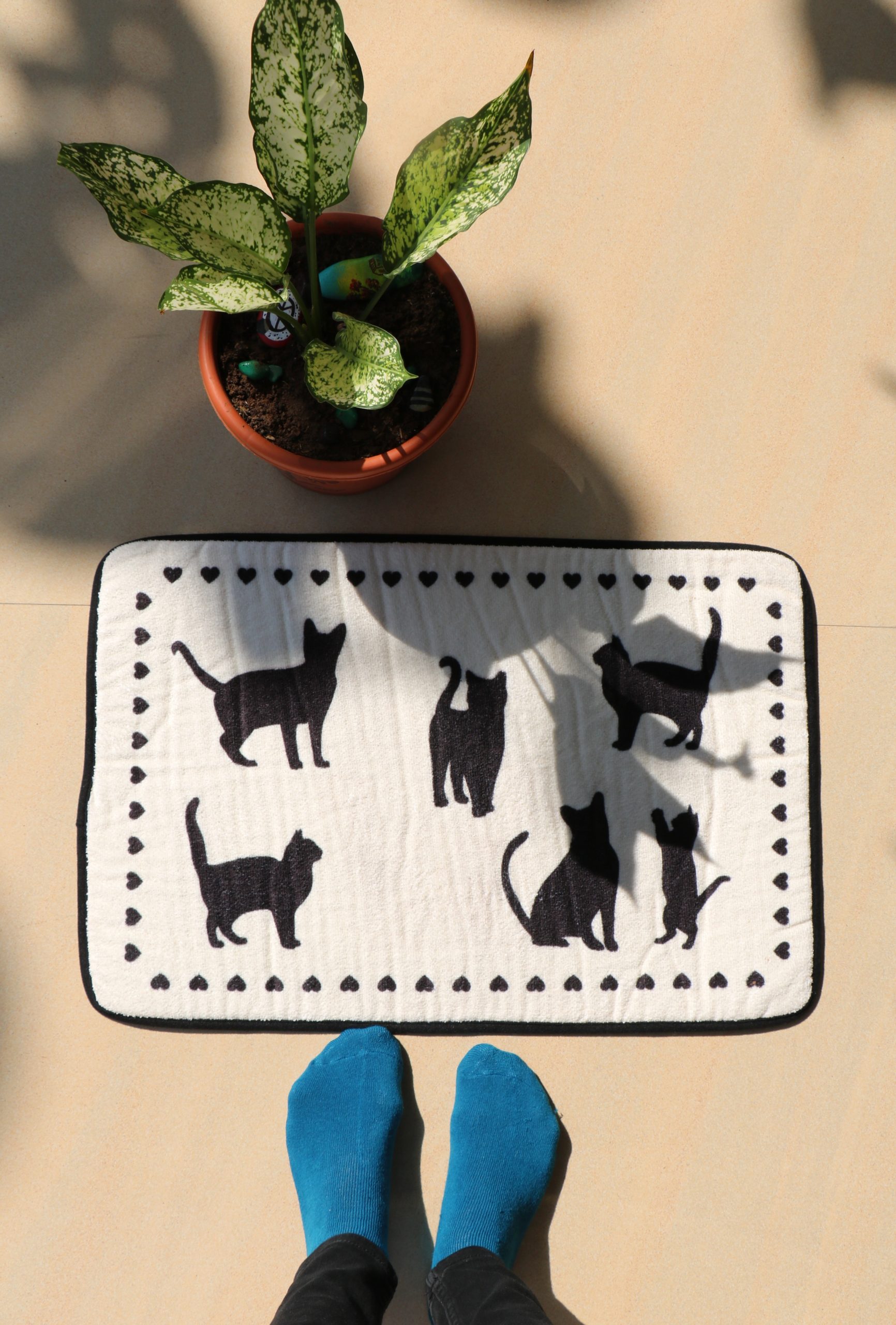
4. Matting Surfaces
Various matting products are made from recycled rubber for both commercial and domestic use. These include non-slip door mats and marine surfaces. Mats made from recycled tyres are hardwearing, weather resistant and can be washed easily.

5. Sports Surfaces
Recycled rubber is used under synthetic grass for added softness. Rubber crumbs are also processed into a material which is used to hold the synthetic grass upright when laid onto the pitch.
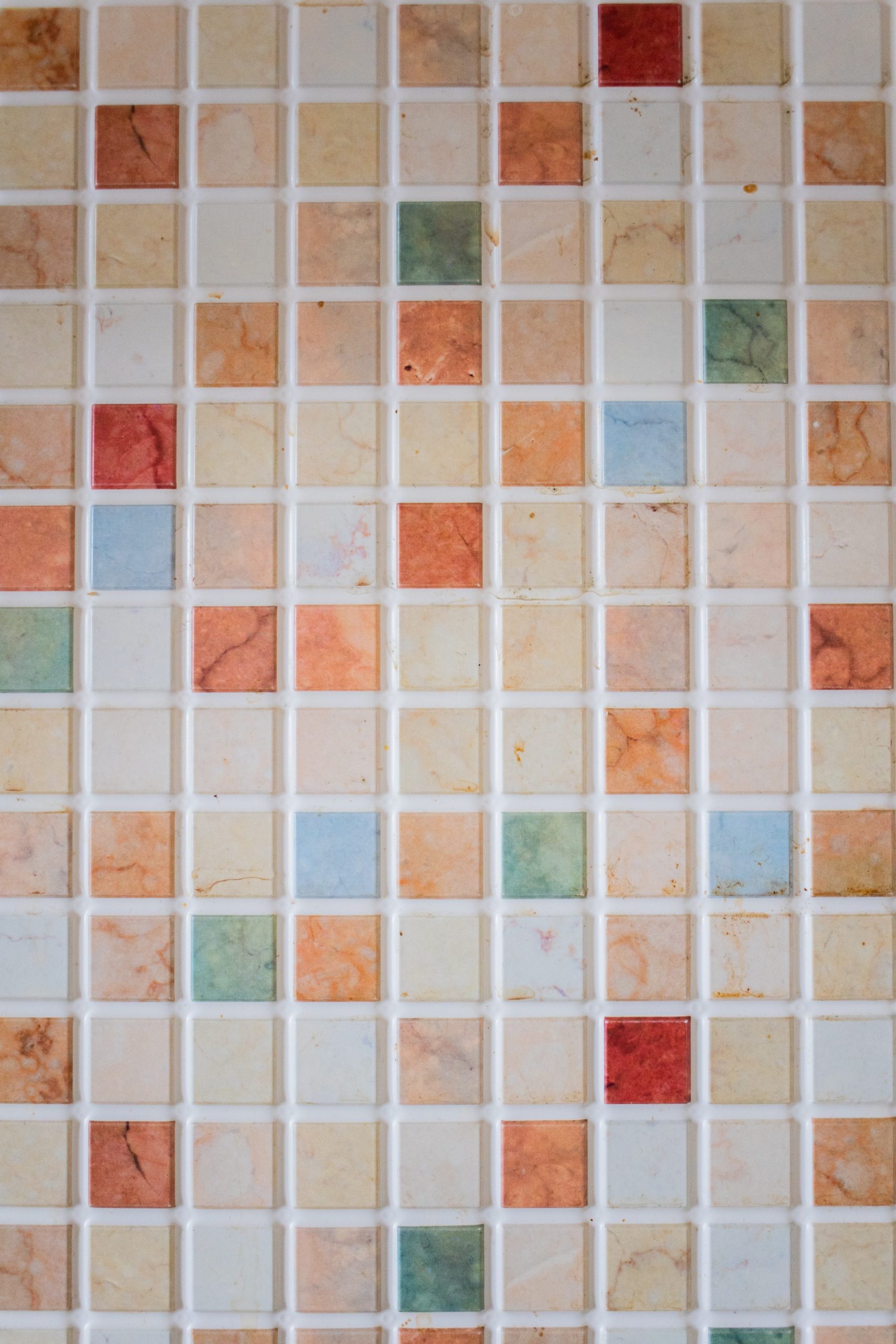
6. Tile Adhesive
Recycled rubber is becoming more commonly used in the manufacture of tile adhesives, allowing the adhesive to retain a great deal of the flexible properties of cured rubber. The flexibility of rubber prevents the tiles from cracking as a result of building movement over time. In addition, recycled rubber provides water-resistant and sound dampening properties.
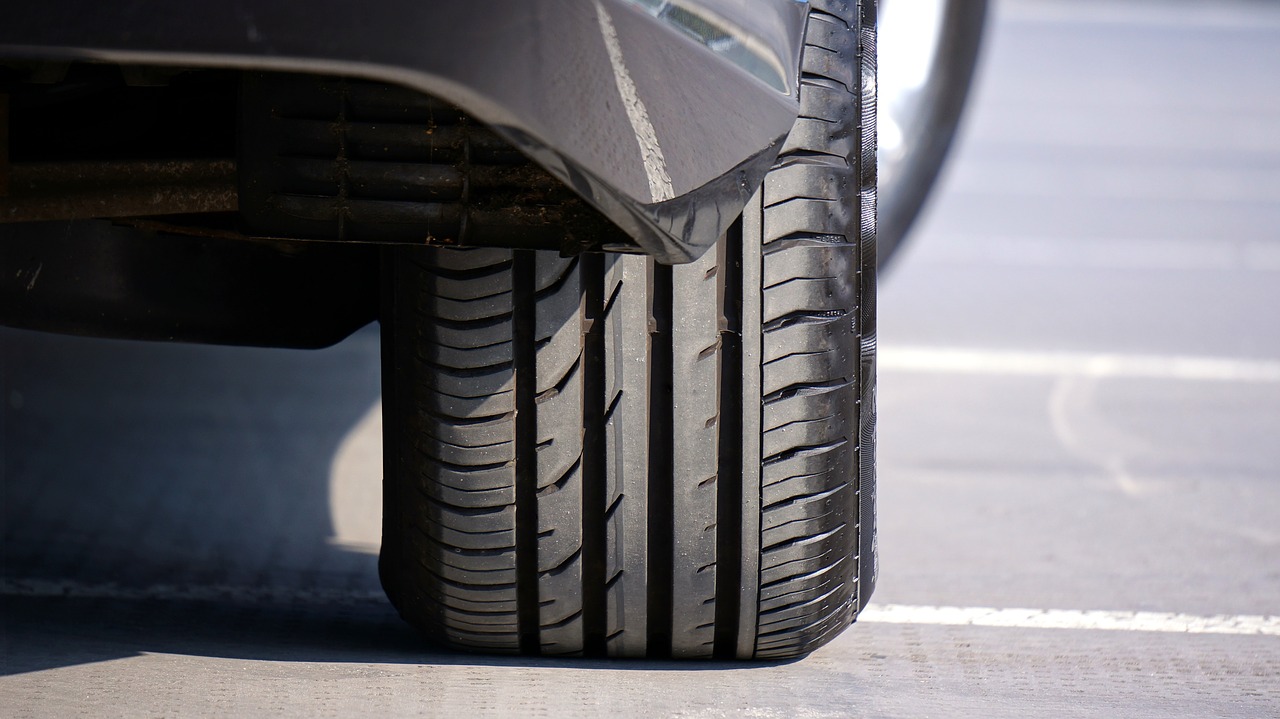
7. New Tyre Production
Recycled rubber is in the manufacture of passenger tyres. By mixing recycled rubber with uncured rubber to form a filling compound prior to the tyre baking process, tyre manufacturers are able to reduce the amount of new materials used in the production of passenger tyres. This results in lower cost of tyre manufacture.
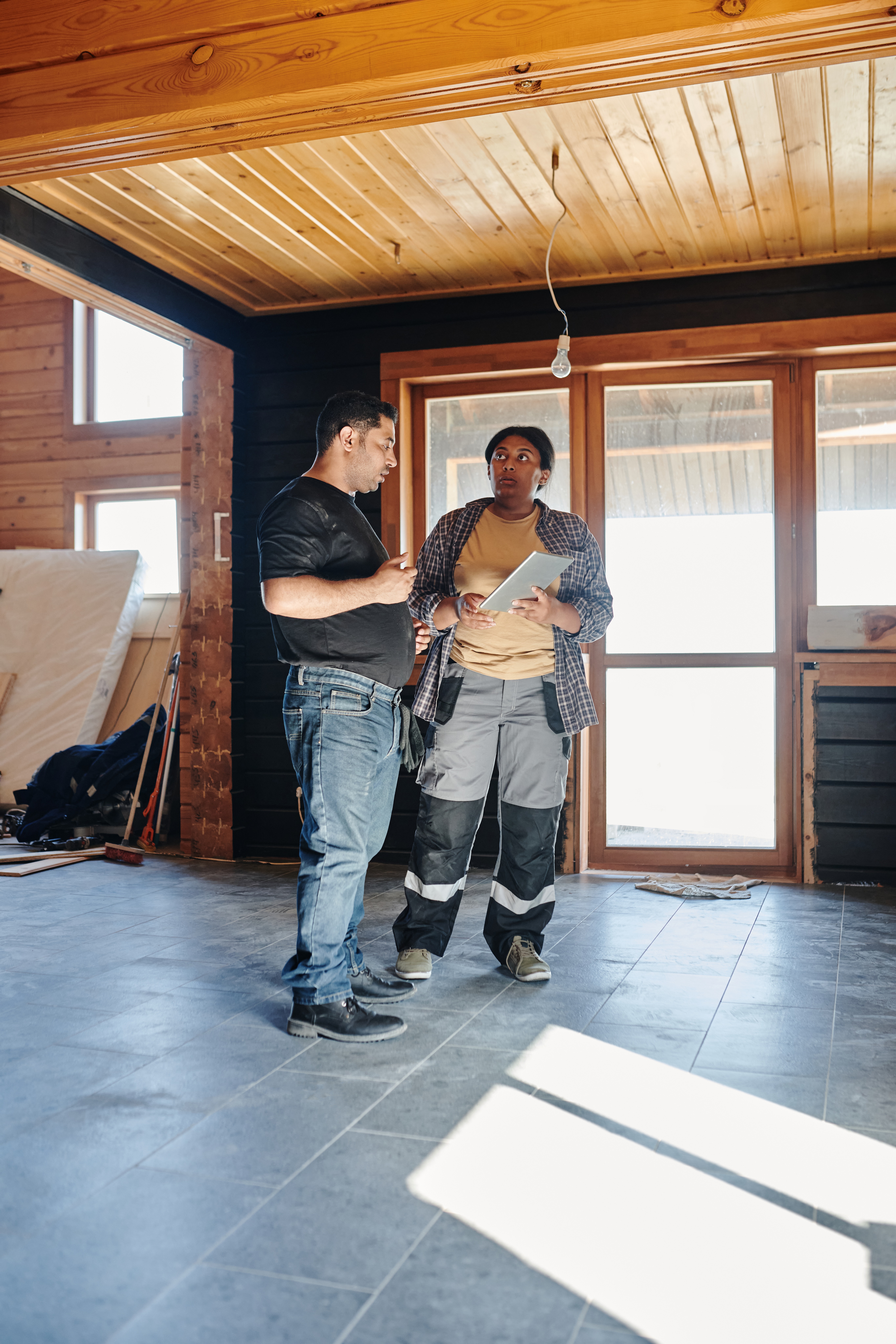
8. Building Materials
Mixed with polyurethane binder, recycled rubber granules are used in the production of building materials such as insulation for use in under flooring and walls.
Source: SA Tyre Recyclers
